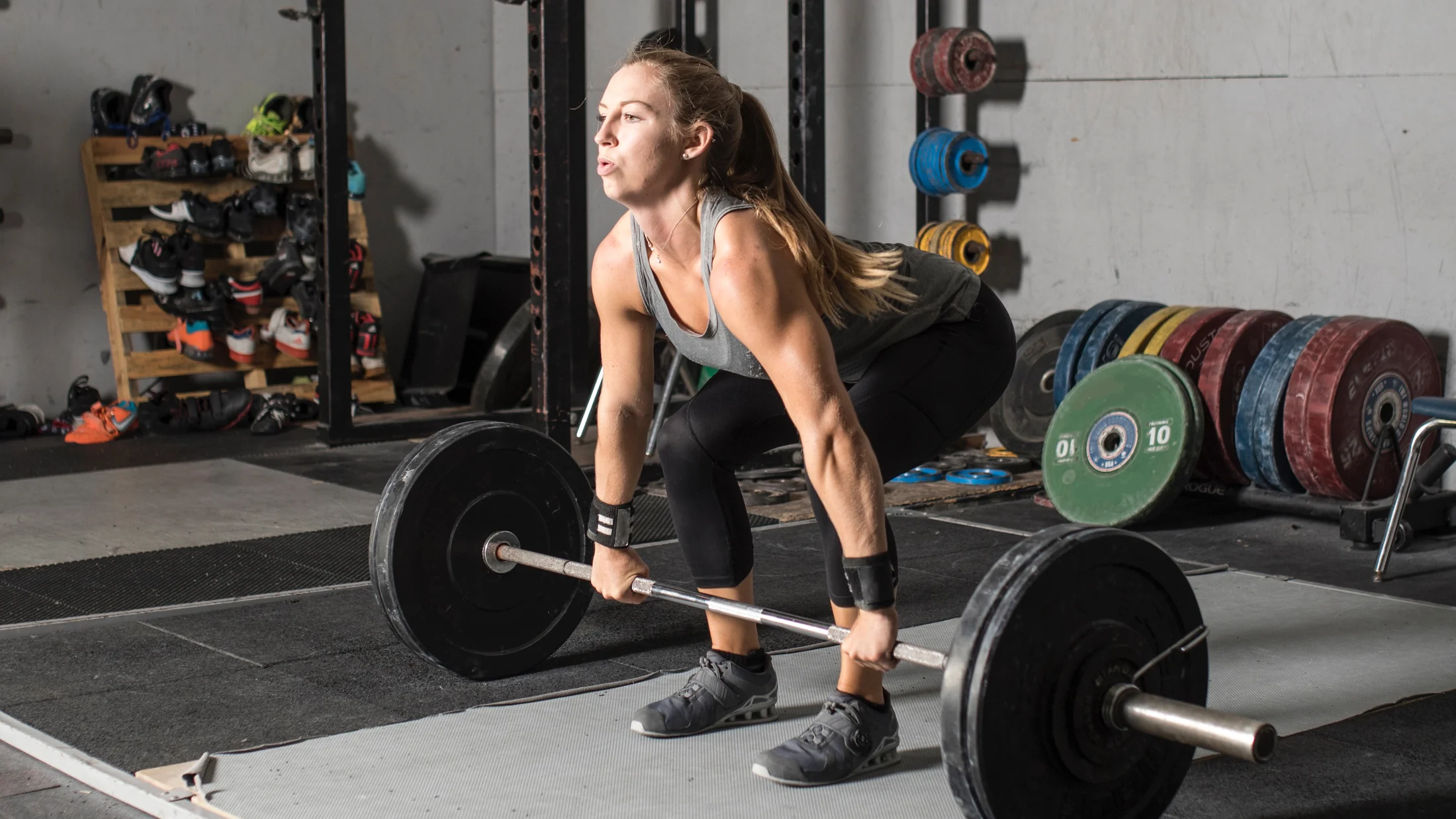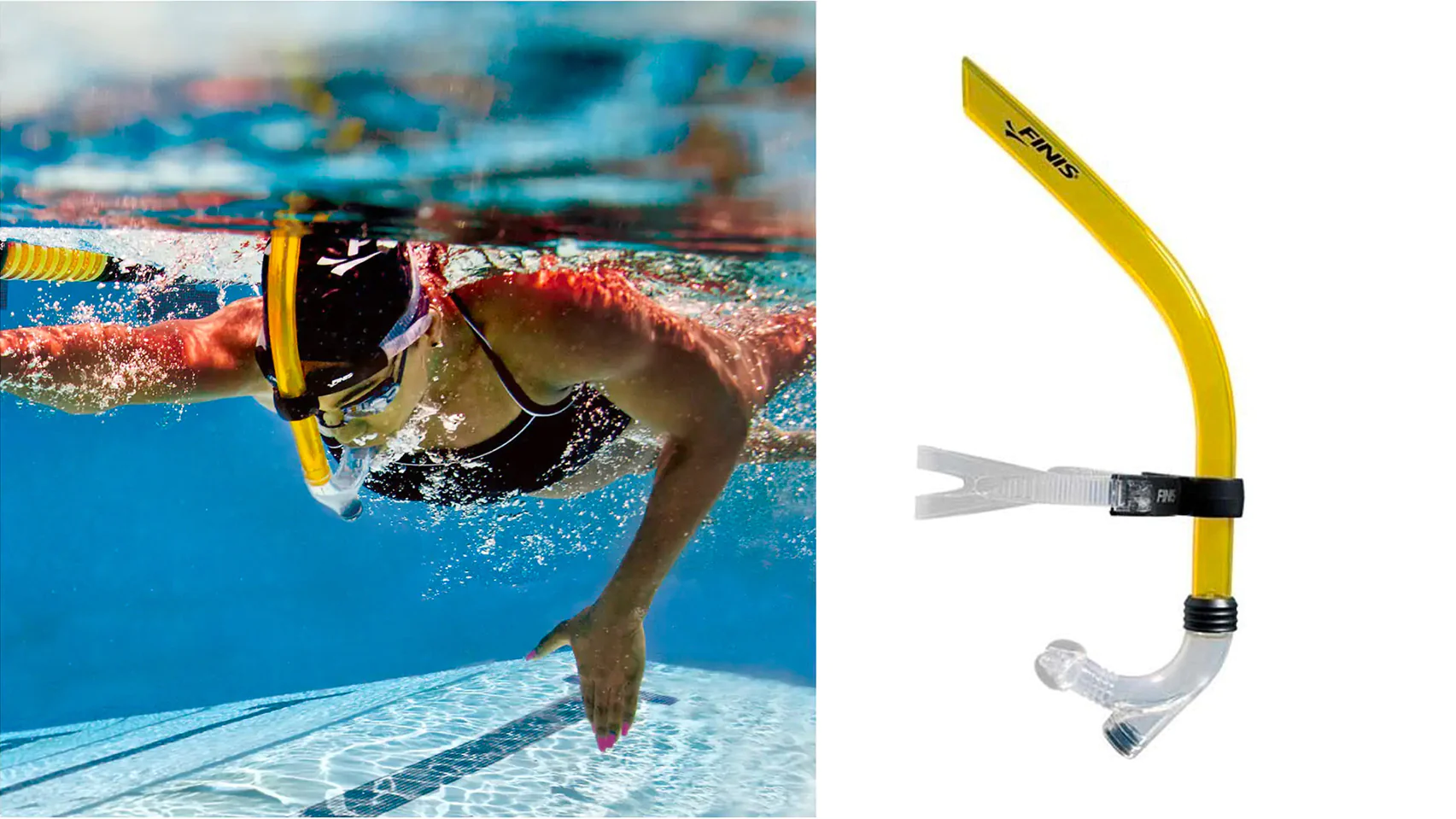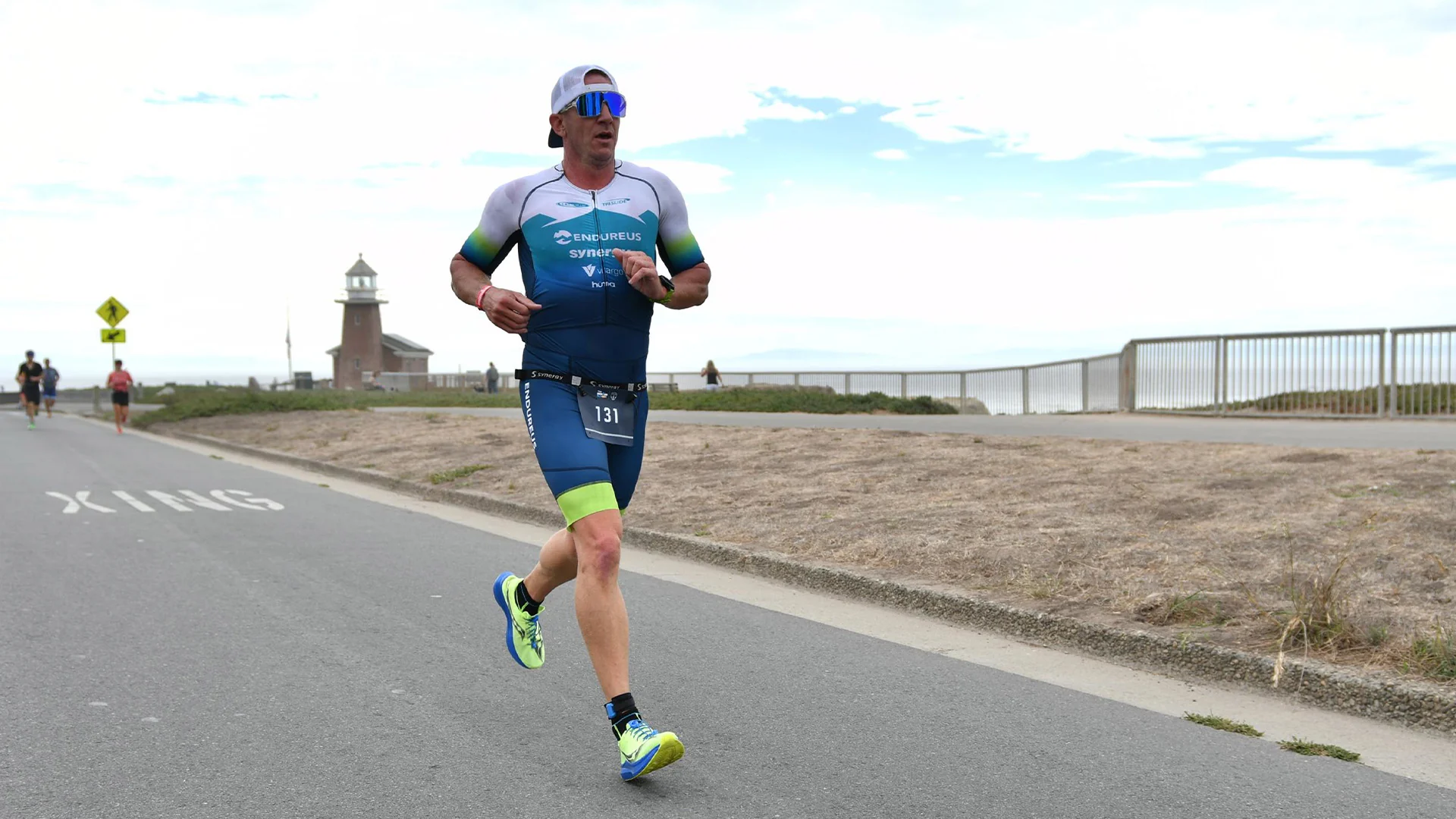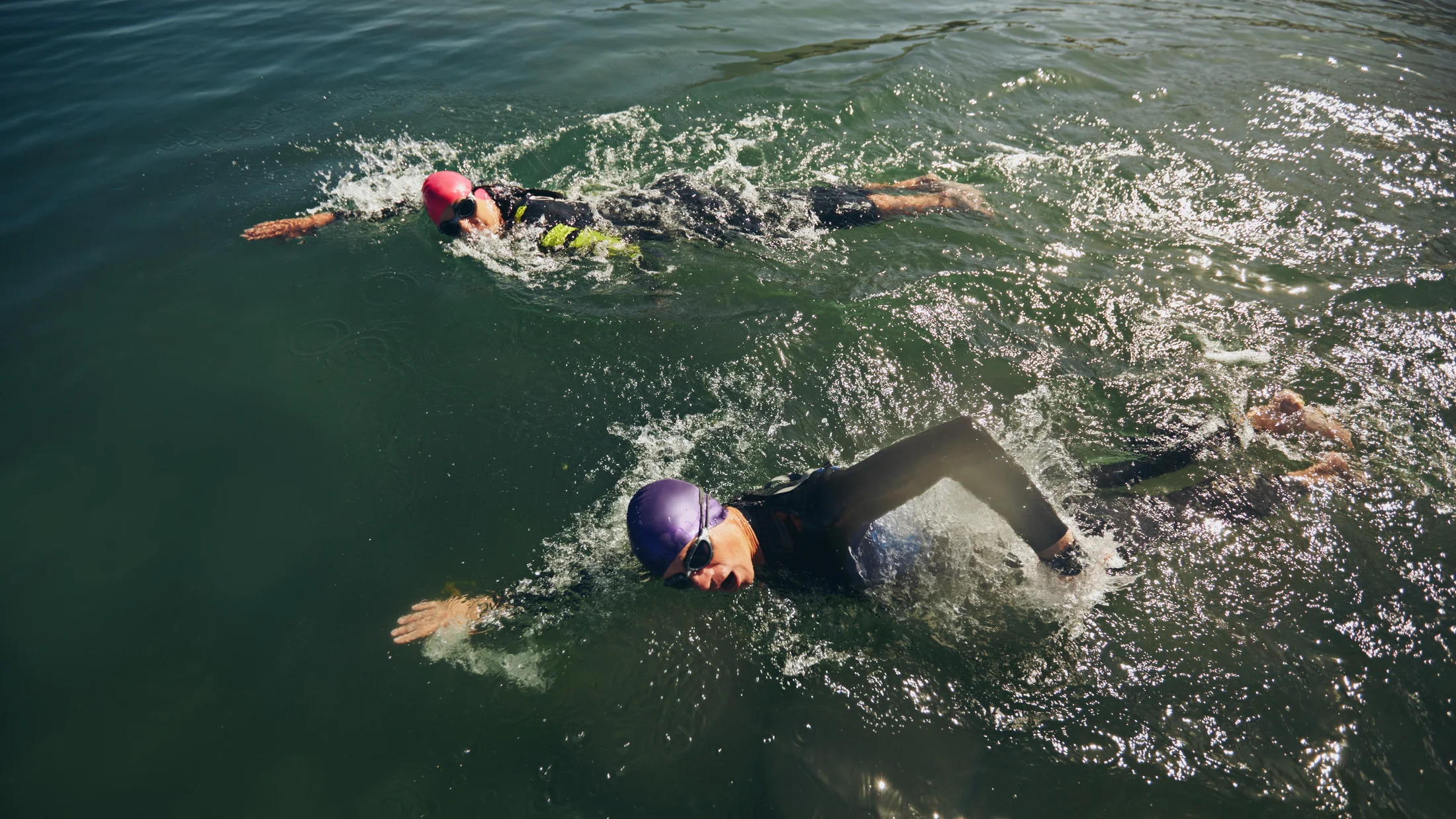As more top-level triathletes like Lucy Charles and Jan Frodeno embrace strength training, the benefits of incorporating it into your routine are becoming increasingly apparent.
Not only does it help you stay strong and injury-free, but it can also positively impact your body composition and physical attributes such as strength and explosiveness.
When it comes to strength training, there are two approaches: bodyweight training and weightlifting. Each has its advantages and benefits. Let’s explore these training methods and the advantages they offer:
Bodyweight Training
Bodyweight training involves using your body weight to exercise without additional equipment or added weight. While it may seem low intensity initially, it can provide a challenging workout, especially after the off-season. Some common bodyweight exercises include push-ups, squats, pull-ups, lunges, split squats, and dips. Here are the benefits of bodyweight training:
- Fundamental strength: Bodyweight training helps establish fundamental strength and muscular development, which is crucial before progressing to lifting weights.
- Endurance support: It is an effective and convenient way to support your endurance training, particularly when access to gyms is limited.
- Injury prevention and muscle activation: Bodyweight training can help prevent injuries and activate muscles for efficient movement during endurance sports.
- Versatility: Bodyweight exercises can be modified and adjusted to suit your fitness level and specific goals.
One drawback of bodyweight training is that the body quickly adapts to the workload, requiring you to increase training stress through volume, speed, or the introduction of weights.
Weight Training
Weight training involves using barbells, dumbbells, bands, or machines to create resistance. Unlike bodyweight training, weight training utilizes external forces to generate resistance. Here are the benefits of weight training:
- Maximizing growth and strength potential: Weight training is ideal for maximizing growth and strength potential, allowing for higher intensity and resistance.
- Targeting specific muscle groups: It enables you to target specific muscle groups that may be harder to engage through bodyweight exercises alone.
- Correcting imbalances and increasing activation: Weight training can help correct imbalances and increase the activation of larger muscle groups for improved performance.
- Progression: It offers the ability to increase resistance by adding weights or adjusting equipment quickly.
Combining Both Approaches
Instead of choosing between bodyweight training and weightlifting, a combination of both can yield optimal results. You can tailor your training based on your goals and periodize it alongside your endurance training. Here’s a suggested approach:
- Off-season: Focus on heavier lifting to build foundational strength without being specific to race intensity or peak training volume.
- In-season: Incorporate full-body exercises, single-side work, balance work, rotational movements, and slightly higher reps to maintain strength while training specifically for race day.
- Peak season: Shift to an activation phase, focusing on muscle activation rather than building muscle. Emphasize injury prevention, maintaining balance, and reducing training stress as you approach race day.
Remember, the human body possesses immense potential; strength training in its various forms can help unlock and realize that potential. Both bodyweight training and weight training offer unique benefits, and when applied strategically, they can help you excel in endurance sports. Choose the approach that aligns with your goals and periodize your training accordingly to reach your full potential.




